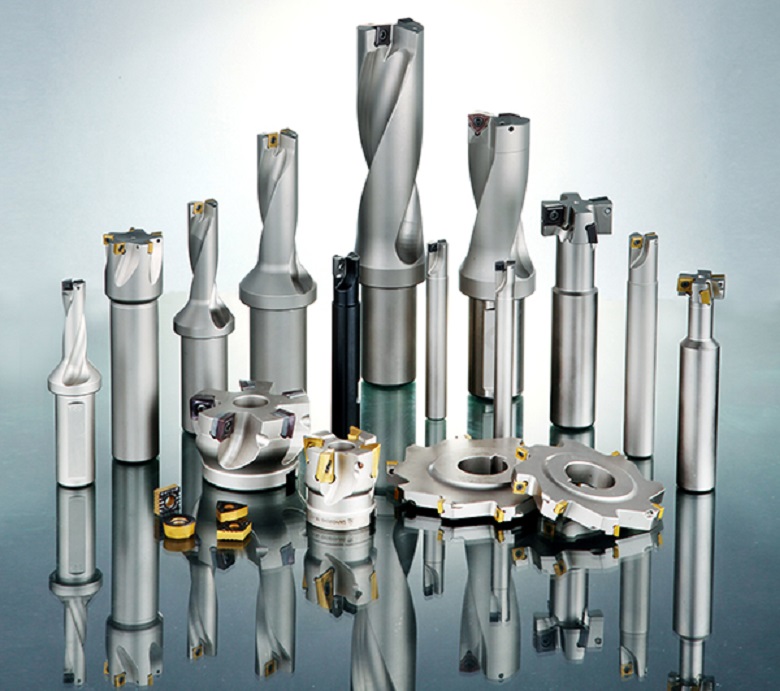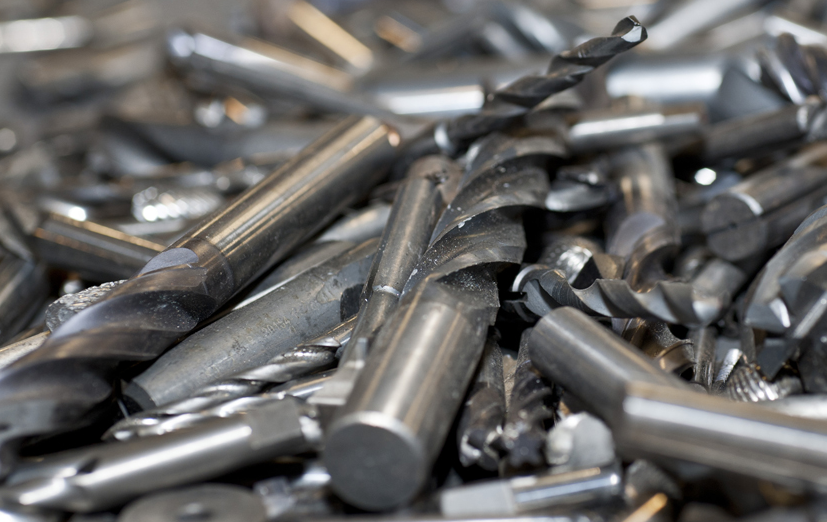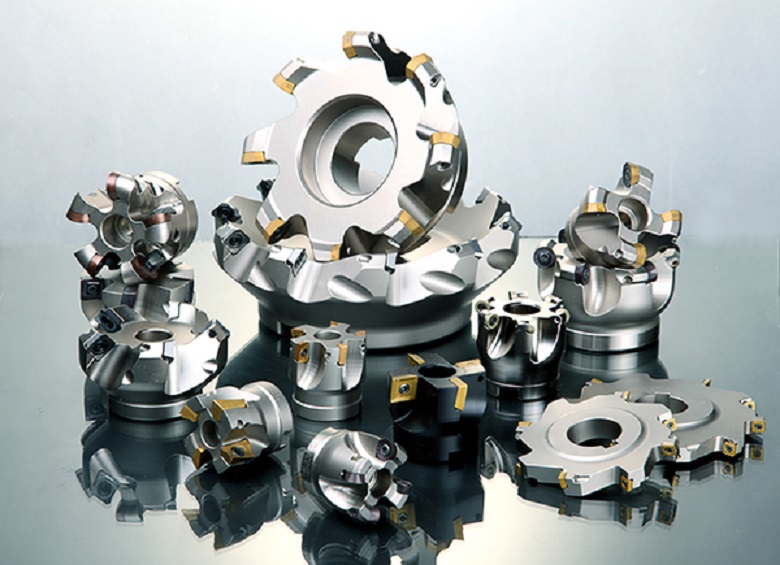Tungsten Carbide Uses & Properties

Tungsten Carbide Uses & Properties
Tungsten carbide is a compound composed of tungsten and carbon with a molecular formula of WC and a molecular weight of 195.85. Due to its excellent physical and chemical properties, tungsten carbide has been widely used in the industry and our everyday life. In this article, we will take a close look at tungsten carbide's uses & properties.

Tungsten Carbide Uses
Tungsten Carbide Physical Properties
The microhardness of the carbide is 17300 MPa, the elastic modulus is 710GPa, the compressive strength is 56MP, and the coefficient of thermal expansion is 6.9 × 10-6 / K. Tungsten Carbide is a black hexagonal crystal with metallic luster and hardness similar to diamond. It is a good conductor of electricity and heat. Pure tungsten carbide is fragile. If a small amount of titanium, cobalt, and other metals are added, the brittleness can be reduced.
Tungsten Carbide Chemical Properties
Tungsten carbide is insoluble in water, hydrochloric acid, and sulfuric acid, and easily soluble in the mixed acid of nitric acid and hydrofluoric acid. Tungsten carbide has a weak anti-oxidation ability, and it starts active oxidation in the air above 500 ℃.
Tungsten carbide does not interact with chlorine when it is below 400 ° C. It reacts violently with fluorine at room temperature and is oxidized into tungsten oxide when heated in the air.
Tungsten Carbide Uses
It is widely used for high-speed cutting turning tools, kiln furnace structural materials, jet engine components, cermet materials, resistance heating elements, etc.

Tungsten Carbide Uses
Besides, it can be used to manufacture cutting tools, wear-resistant parts, and smelting crucibles for metals such as copper, cobalt, bismuth, and wear-resistant semiconductor films.
In addition, it can be used as a super-hard tool material and wear-resistant material. It can form a solid solution with many carbides. WC-TiC-Co cemented carbide tools have been widely used.
It can also be used as a modified additive of NbC-C and TaC-C ternary system carbides, which can not only reduce the sintering temperature, but also maintain excellent performance, and can be used as aerospace materials.
Furthermore, tungsten carbide (WC) powder can be synthesized by using tungsten anhydride (WO3) and graphite in a reducing atmosphere at a high temperature of 1400-1600 ° C. Then by hot pressing sintering or hot isostatic pressing sintering, dense ceramic products can be made.
A Brief History of the Development of Tungsten Carbide
Since 1893, German scientists have heated tungsten trioxide and carbon together in an electric furnace to a high temperature to produce tungsten carbide. And tried to use its high melting point, high hardness, and other characteristics to make wire drawing dies, etc., in order to replace diamond materials. However, due to the high brittleness, easy cracking, and low toughness of tungsten carbide, it has not been applied in industry.
In the 1920s, German scientist Karl Schroter found that pure tungsten carbide could not adapt to the intense stress changes formed during the drawing process. Only by adding low melting point metal to WC can the blank material have certain toughness without reducing the hardness.
Schroter first proposed the method of powder metallurgy in 1923, that is, mixing tungsten carbide with a small number of iron group metals (iron, nickel, cobalt), and then compression molding and sintering in hydrogen at a temperature above 1300 ℃ to produce hardness alloys.
Conclusion
Thank you for reading our article, and we hope it can help you have a better understanding of the tungsten carbide uses and properties. If you want to know more about tungsten and other refractory metals, you can visit Advanced Refractory Metals (ARM) for more information.
Headquartered in Lake Forest, California, USA, ARM is a leading manufacturer & supplier of refractory metals across the world, providing customers with high-quality refractory metals such as tungsten, molybdenum, tantalum, rhenium, titanium, and zirconium at a very competitive price.
{{item.content}}
LEVE A REPLY
{{item.children[0].content}}
{{item.content}}






